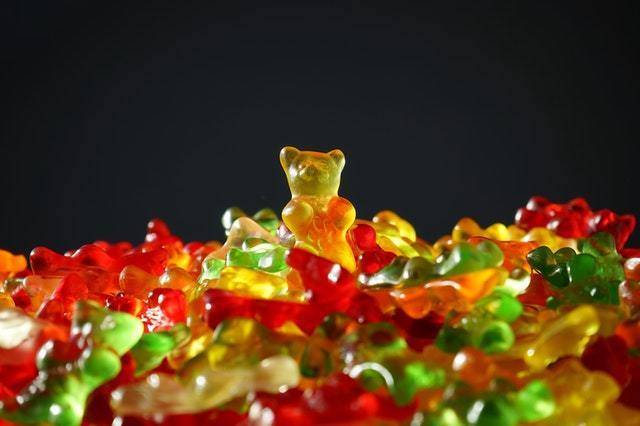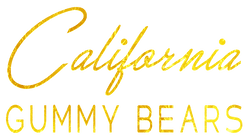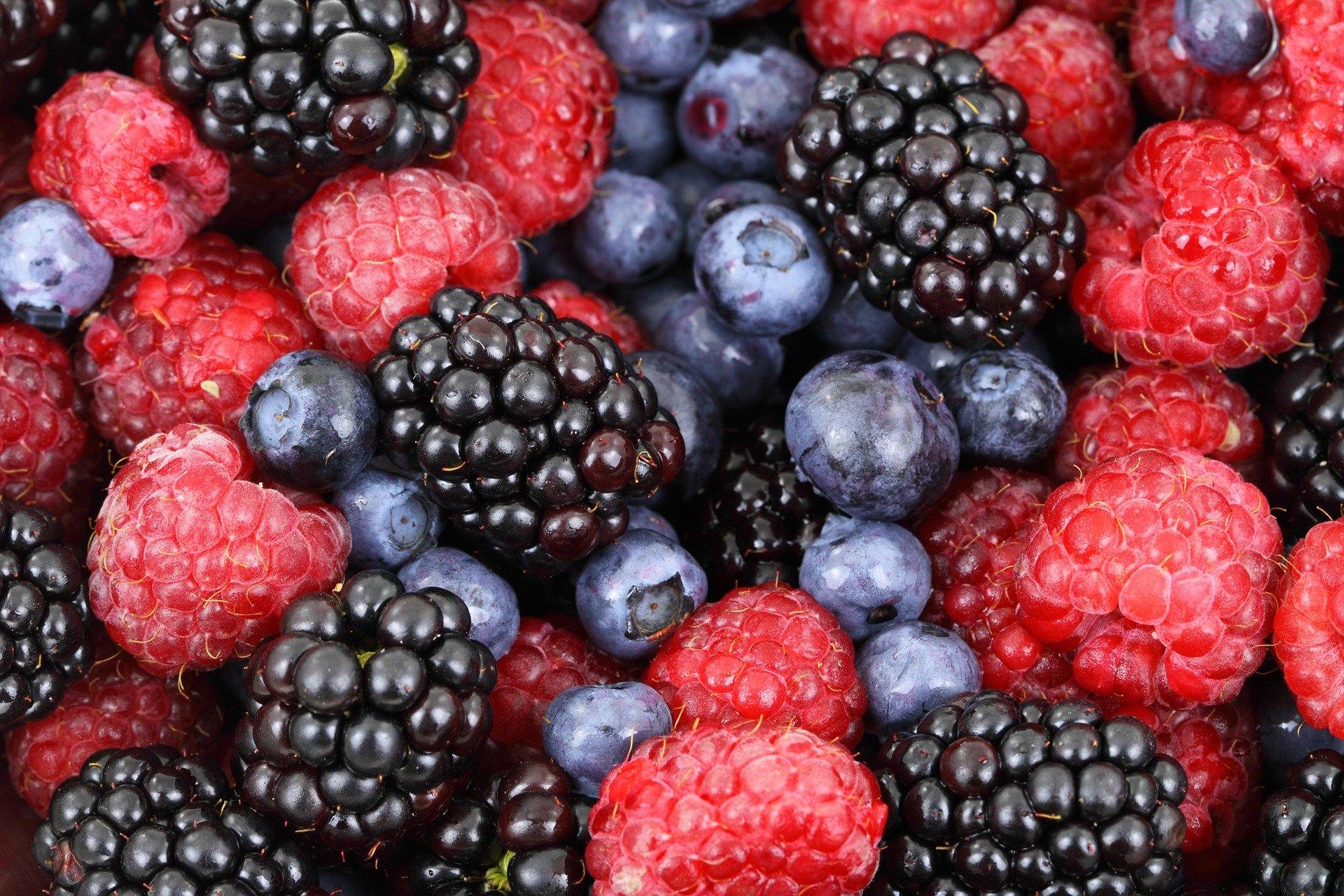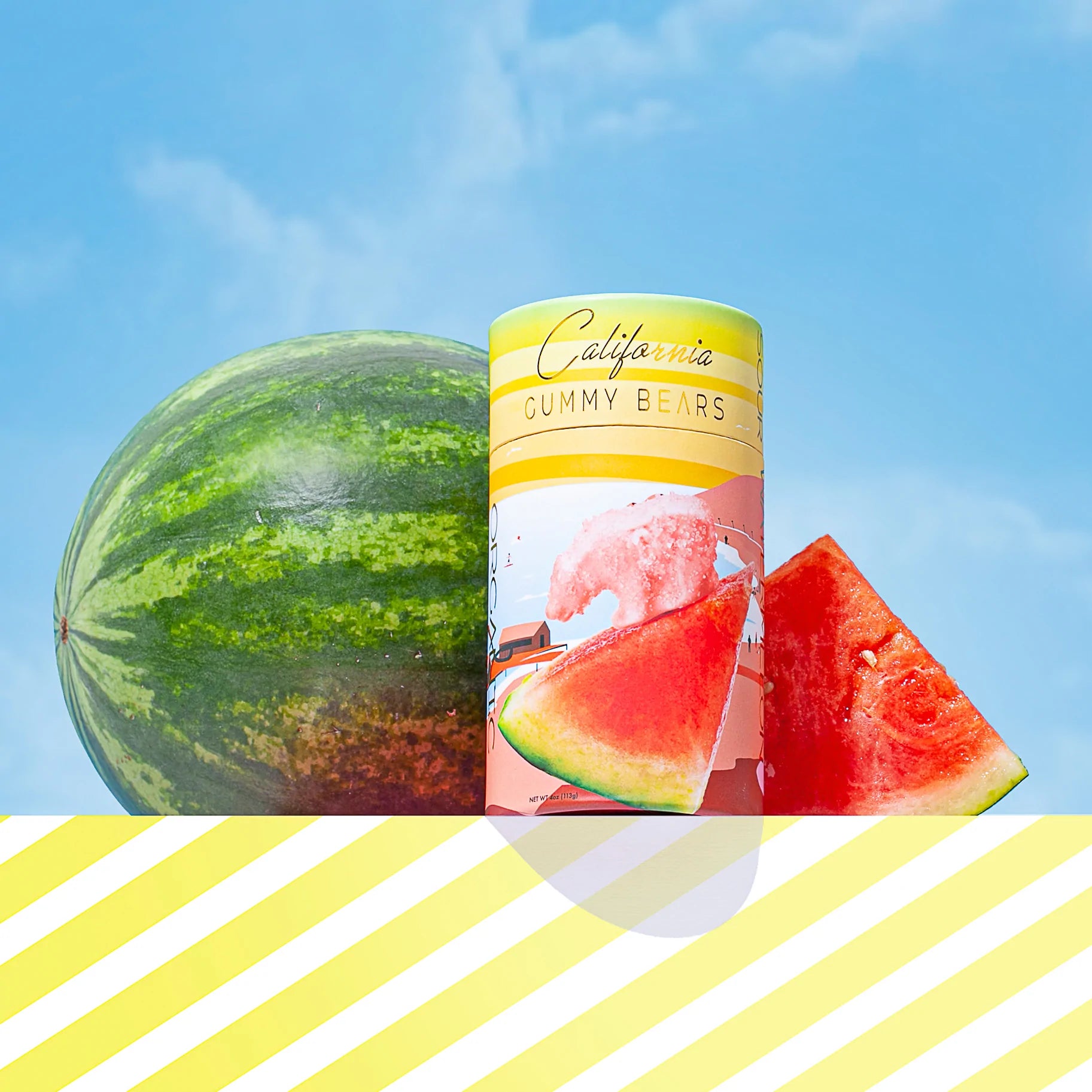Who Invented Gummy Bears?

 The Gummy Bear Begins
The Gummy Bear Begins
The fruit flavored gummy candy that resembles a well-known carnivorous mammal has quite an interesting history. In order to understand the history of gummy bears, we have to first dive into the origin of gummy candy in general. It has been reported that gummy bears were first developed by Johannes “Hans” Riegel Sr. in 1922. Regiel Sr. was a German confectioner who founded the Haribo Confectionery in 1920.
Haribo got its name as an acronym for Hans Riegel and Bonn, which is the German town that it was founded in (1). The original gummy bears were made with gum Arabic, one of the older ingredients developed by humans. Gum Arabic originated in the Middle East during the 9th century, and was developed by combining two species of acacia trees.
The meaning behind the name “gum Arabic” derives from the Europeans naming the product the Arabic's who traded and transported the product (2). The gum Arabic has been used in foods, soft drinks, paints, printing, cosmetics, and other industrial products worldwide.
The Bear is Brought to Market
After founding his confectionery, Riegel developed his hit candy after being inspired by how entertaining trained bears were in festivals and street fairs. The gummy candy resembled the bears in order to appeal to both children and adults due to their entertaining nature.
In 1922, Haribo set out to make affordable candy that everyone could enjoy, and so the Tanzbär, or “Dancing Bear” was born. Even during the economic decline of Germany after WWI, the Dancing Bears were still as affordable as before, which is what caused them to stay as successful.
The Haribo Dancing Bears were soon succeeded by the new Gold-Bears in 1967. The Gold-Bears are the flavorful and colorful candies that we all know and love today, and is what has led Haribo’s abundant success around the world (1).
The Gummy Bear Today
Today, the gummy bear candies have surpassed Riegel’s original intentions, and go beyond just inexpensive little candies. The classic gummy bear candy can be seen on shelves in every store, sold by Haribo, Black Forest, Albanese, Brach’s, and many other candy companies. Giant gummy bears are sold as novelty items and souvenirs in stores around the world.
Many children’s vitamin companies also use the entertaining carnivores to entice children to take daily vitamins that they otherwise would avoid. For adults, many gummy bears are also used as mixers and supplements for alcoholic drinks.
The squishy candies also inspired the 2007 hit song, I’m a Gummy Bear, written by Gummibär, the international musical group based out of Berlin, Germany (3). If you have ever eaten a gummy bear, used it as a mixer for your vodka, or simply blasted the song on your stereo, you can thank the late Hans Riegel Sr. for his desire to entertain and bring joy to candy-lovers with his bear-shaped snacks!
The Gummy Bear Gets Reinvented
Last, but certainly not least, we have our very own California Gummy Bears that were brought to market! All our gummies are made with fresh locally grown fruit, non-gmo, kosher, and contain no artificial coloring! Oh yeah, we switched up the look as well with the California Bear! Recognize it? Take a look at look at the products we have to offer. We're sure you'll find a flavor you love!
Sources:




Comments